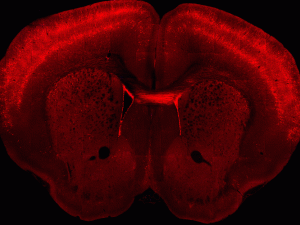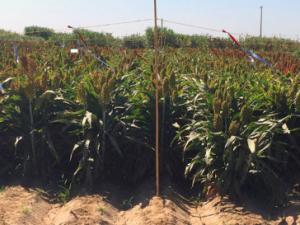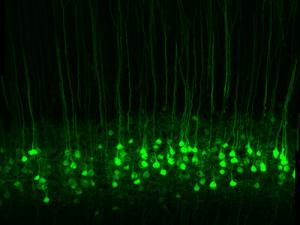

Research Expertise and Interest
computational biology, bioinformatics, statistics, data analysis, sequencing, cancer genomics
Research Description
My research interests lie in developing statistical methods for high-dimensional data arising in the field of biology and genetics. I focus on questions of robust estimation and hypothesis testing for high-throughput biological experiments, in particular gene expression microarrays and next generation sequencing. I am also interested in integration of heterogeneous sources of data, where the data can be multiple experimental platforms or, more generally, arbitrary forms of preexisting biological knowledge such as networks or trees. Statistically, I am interested in questions of high-dimensional inference and multivariate analysis -- problems that arise naturally in trying to create a unified understanding of this type of data.
In the News
Chan Zuckerberg Biohub Awards $21 Million to 21 Berkeley Researchers
Neuroscientists roll out first comprehensive atlas of brain cells
Genomic gymnastics help sorghum plant survive drought
NIH awards UC Berkeley $7.2 million to advance brain initiative
The National Institutes of Health today announced its first research grants through President Barack Obama’s BRAIN Initiative, including three awards to the University of California, Berkeley, totaling nearly $7.2 million over three years.



